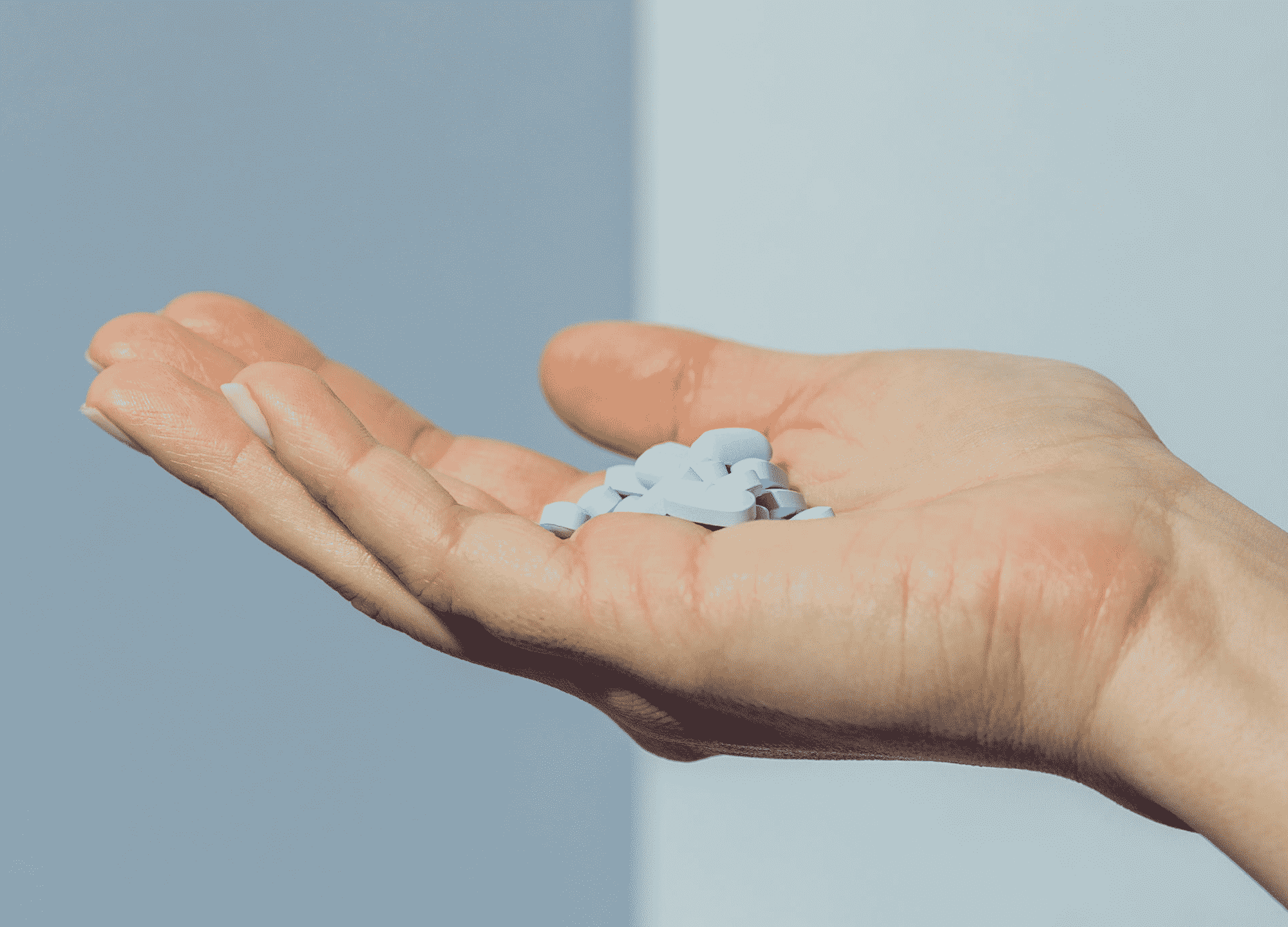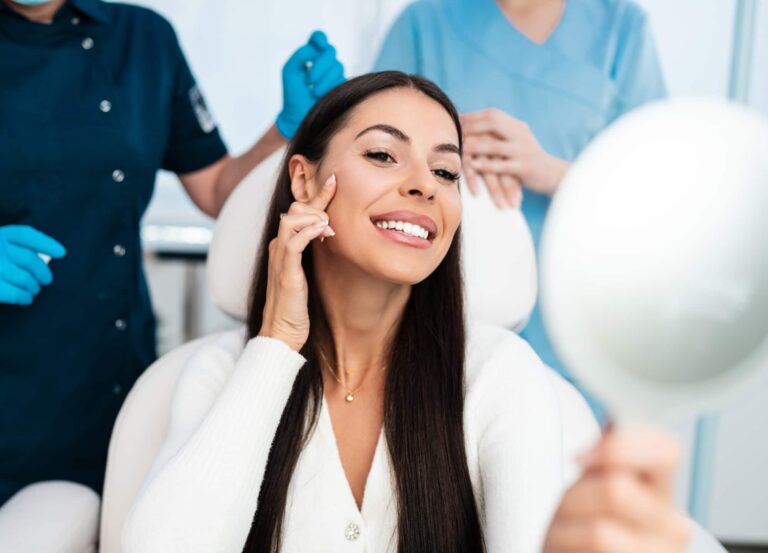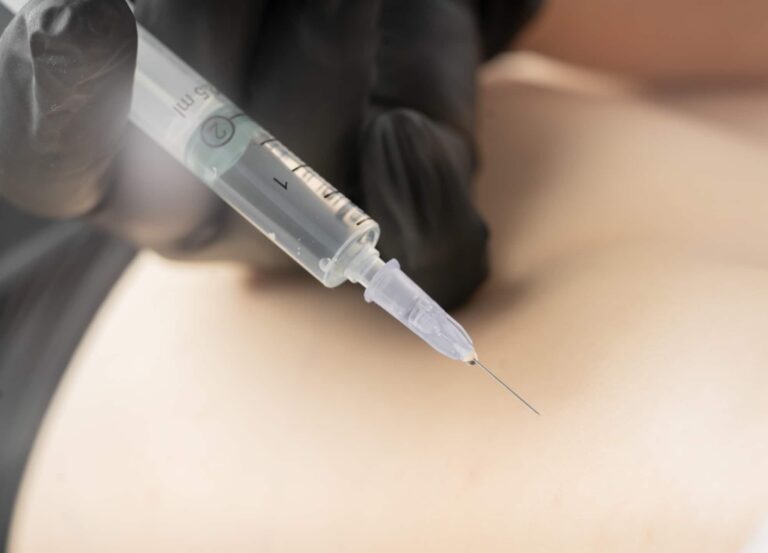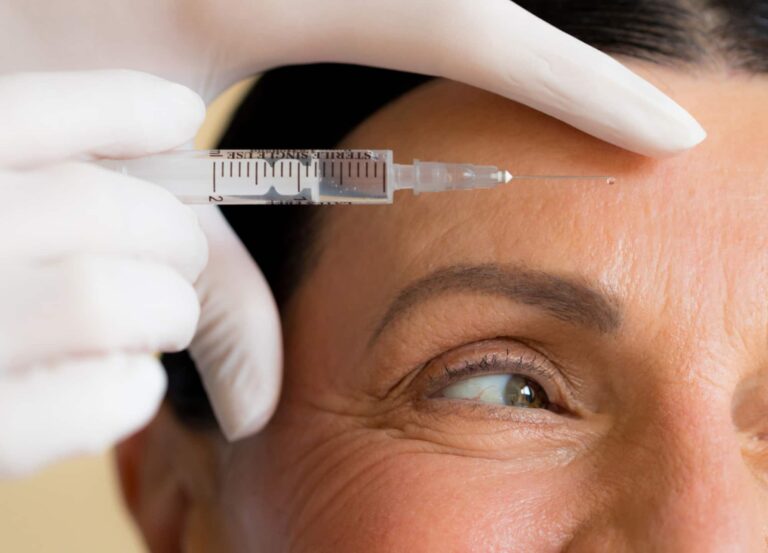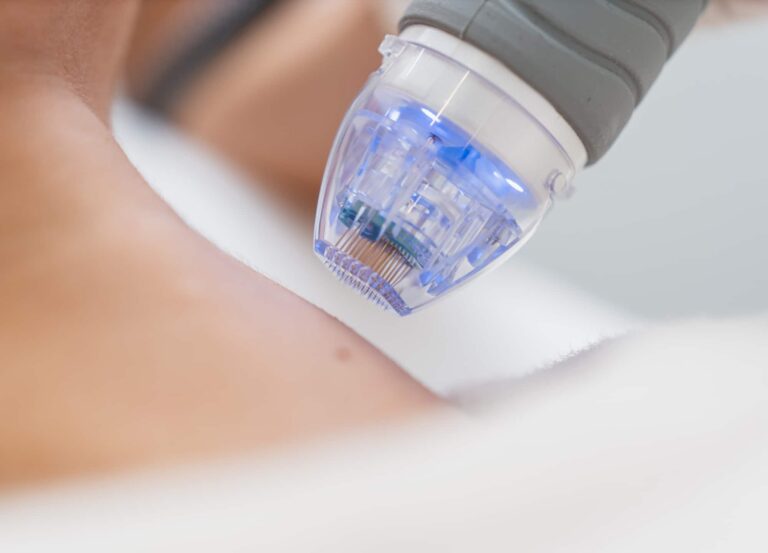When Kelly* fatally overdosed 10 years ago, at least six medications were found in her system—three of which were the narcotic drugs methadone, codeine and Vicodin. As far as her family knew, she hadn’t been prescribed any of them.
Kelly was a bus driver for handicapped children, a bird breeder and a mother of three. Her first brush with opioids came 15 years prior to her death, when her surgeon prescribed them for pain management after a hysterectomy. “Soon she was doctor shopping and pharmacy shopping, taking 15 pills at a time, several times a day,” says her sister, Leah*. “She even had a breast reduction, just so she could get the pain pills after.”
It’s a heartbreaking story that’s unfortunately all too common. The United States is in the midst of a bona fide epidemic: 130 Americans die every day from an opioid overdose (six times more than in 1999). The Centers for Disease Control have identified three “waves” of opioid overdose deaths: in the ’90s, when narcotic prescriptions were being written left and right; in 2010, when heroin’s popularity skyrocketed; and in 2013, when the use of synthetic opioids such as fentanyl (often illicitly manufactured) increased. Yet the connection between opioid addiction and plastic surgery has only recently come to light. A JAMA Facial Plastic Surgery study published in March showed that opioid prescriptions filled post plastic surgery were connected to long-term use: out of 467,000 patients, 6.6% (30,865) became persistent users or users who filled prescriptions 90 to 180 days after surgery; 2.3% (10,487) became prolonged users, meaning they filled prescriptions 90 to 180 days post-surgery and then again, 181 to 365 days after surgery.
But when managing pain through prescription medication is the only option after an invasive operation, such as a facelift or tummy tuck (often reported to be one of the most painful plastic surgery procedures to recover from), how can patients avoid the risk of developing an addiction? And how can addicts mitigate the potential for relapse, if they decide to go under the knife? Some states are changing the laws to better address these concerns.
In 2016, Massachusetts became the first state to pass a law limiting patients’ first-time prescription to a certain number of days. As of February 2019, more than half of states have followed suit. (Fifteen states allow a seven-day supply, but stricter and looser limits exist: a handful authorize a three-, four- or five-day supply, and two permit a 14-day supply.) Additionally, doctors in some states can no longer fill opioid prescriptions electronically—an attempt to cut down on fraudulent drug refills.
“It’s a double-edged sword though,” says Seattle plastic surgeon Dr. Lisa Lynn Sowder. “It’s a hassle for both the patient and the doctor to obtain and fill out another written prescription, so doctors will prescribe more than they think the patient will need. But if a patient takes only 2 of the 30 pills prescribed, what happens to the rest?”
New nonnarcotic pain protocols developed by top plastic surgeons are also giving patients alternative pain management options. “We use a combination of Tylenol, an anti-inflammatory called Celebrex, and the nerve pain medication gabapentin, all of which the patient is loaded up on before they’re in surgery,” says Dr. Sowder. “Then, intraoperatively, we use a lot of the long-acting local anesthetics Marcaine and Exparel. I also tell patients not to doubt the power of the ice pack, so long as it’s changed frequently enough.”
“I had very little pain after having my breast implants removed,” says one patient of Dr. Sowder (who wishes to remain anonymous). She underwent the nonnarcotic pain protocol to avoid relapsing post-surgery and says, “I always felt like opioids only masked the pain for a short period of time. On Dr. Sowder’s protocol, I had just a little achiness and soreness that was quickly relieved with an ice pack. Best of all, I wasn’t checking the clock, craving my next narcotic dose.”
Related: 8 Things to Know If You’re Considering Twilight Sedation
If you’ve decided on a surgeon who doesn’t offer a nonnarcotic pain protocol upfront, it’s crucial to be upfront about your history of addiction or concerns about taking opioids so you and your doctor can come up with a plan together. “Many addicts are taking Suboxone or naloxone to treat opioid dependence, and we work together with them to slightly lower the dosage they’re taking,” says Seattle plastic surgeon Dr. William Portuese. “Then we prescribe just 5 to 10 Percocet or Vicodin, and if need be, the patient has a family member or friend handle the medication for them.” In most cases, Dr. Portuese says, patients take one pill to reduce the pain enough to sleep the first night—and discontinue use afterward.
“I discussed everything with my Cocaine Anonymous sponsor before my rhinoplasty and septoplasty, and we decided that I should have a plan in place,” says Annabelle*, who had been in recovery for 90 days at the time of her surgery. “I gave all my prescriptions to my mom and told her to fill them a little at a time so I wouldn’t be tempted to take them all at once.” Ultimately, Annabelle took opioids prescribed by her doctor for four days, then switched to Tylenol. She says she experienced some opioid withdrawal symptoms—clamminess, leg twitching and an overall feeling of having the flu—after the initial four days, but ironically, her nose hurt so bad that the pain acted as a deterrent from future cocaine use. “I couldn’t imagine ever putting drugs up there again,” she says.
Opioids currently account for two-thirds of all global drug deaths—but doctors are hopeful that the new laws and pain protocols will help fewer people experience what Leah’s family did. “I wasn’t surprised at all when I got the call [that my sister had passed away],” she says. “I think I mourned her death years before it happened.”
If you are—or a loved one is—struggling with opioid addiction, call the National Drug Helpline’s Opiate Hotline at 1-844-289-0879.
*Name has been changed for privacy







